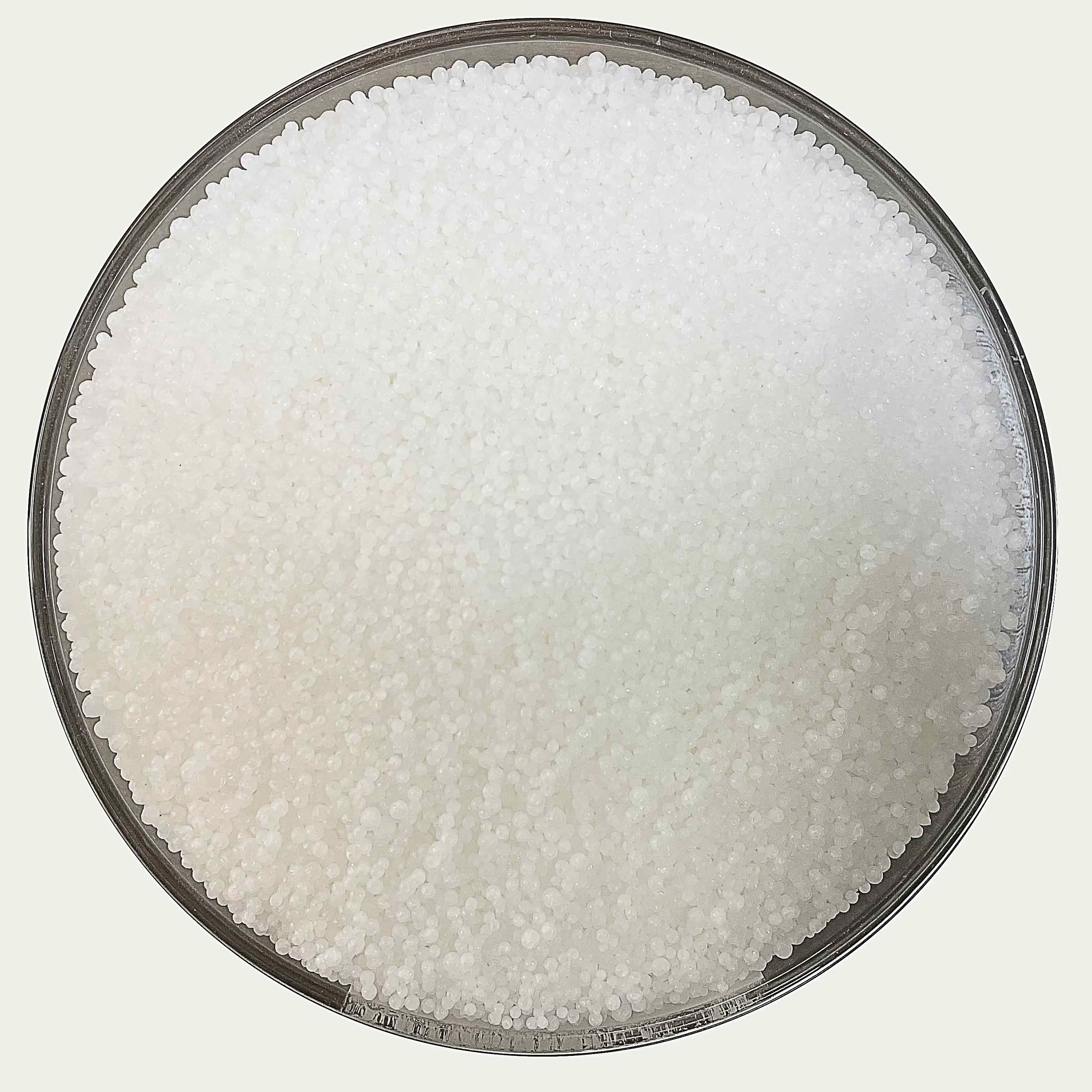
10 月 . 14, 2024 20:02 Back to list
Understanding the Chemical Properties and Applications of Diammonium Phosphate in Agriculture
Understanding the Significance of Diammonium Phosphate Formula
Diammonium phosphate, commonly known as DAP, is a widely used chemical compound in agriculture, particularly as a fertilizer. The chemical formula for diammonium phosphate is (NH4)2HPO4, which highlights its composition of ammonium and phosphate ions. This compound serves not only as a nutrient source but also plays a critical role in enhancing soil fertility and crop yield. In this article, we will explore the significance of DAP, its chemical structure, and its applications in farming.
Understanding the Significance of Diammonium Phosphate Formula
One of the primary advantages of using diammonium phosphate as a fertilizer is its high nutrient content. DAP typically contains about 18% nitrogen and 46% phosphorus, making it one of the most concentrated phosphate fertilizers available. This high concentration allows farmers to apply smaller quantities compared to other fertilizers, which can lead to reduced transportation costs and less soil disturbance. Furthermore, DAP is highly soluble in water, allowing for quick uptake by plants, ensuring that nutrients are available right when the plants need them.
diammonium phosphate formula

The timing of nutrient availability is crucial in agriculture, especially for crops that require significant nutrient inputs during specific growth stages. DAP is often utilized during the planting season to provide essential nutrients at a critical time, helping to establish stronger and healthier plants. Additionally, because DAP can improve soil pH, it can be particularly beneficial for soils that are overly acidic.
However, the use of diammonium phosphate is not without its challenges. The over-application of DAP and other fertilizers can lead to nutrient runoff, which may contaminate nearby water bodies. This can result in environmental issues, such as eutrophication, where excessive nutrients lead to algal blooms and subsequent oxygen depletion in water, harming aquatic ecosystems. Therefore, it is essential for farmers to apply DAP judiciously and in accordance with soil testing results to ensure that they meet the nutrient needs of crops without negatively impacting the environment.
In conclusion, diammonium phosphate plays a crucial role in modern agriculture. Its chemical formula, (NH4)2HPO4, reflects its dual nutrient capability, providing both nitrogen and phosphorus to support plant growth. However, responsible usage is paramount to mitigate any environmental risks associated with fertilizer application. With the right strategies in place, DAP can contribute significantly to sustainable agricultural practices, enhancing crop productivity while protecting our natural resources. Farmers, agronomists, and researchers must continue to work together to ensure that such important fertilizers are used effectively and sustainably, securing food production for the future.
-
10 10 10 Fertilizer Organic—Balanced NPK for All Plants
NewsJul.30,2025
-
Premium 10 10 10 Fertilizer Organic for Balanced Plant Growth
NewsJul.29,2025
-
Premium 10 10 10 Fertilizer Organic for Balanced Plant Growth
NewsJul.29,2025
-
Premium 10 10 10 Fertilizer Organic for Balanced Plant Growth
NewsJul.29,2025
-
50 Pound Bags of 13-13-13 Fertilizer for All Plants – Bulk & Organic Options
NewsJul.28,2025
-
High-Efficiency 15-30-15 Granular Fertilizer for Healthy Crops
NewsJul.28,2025
